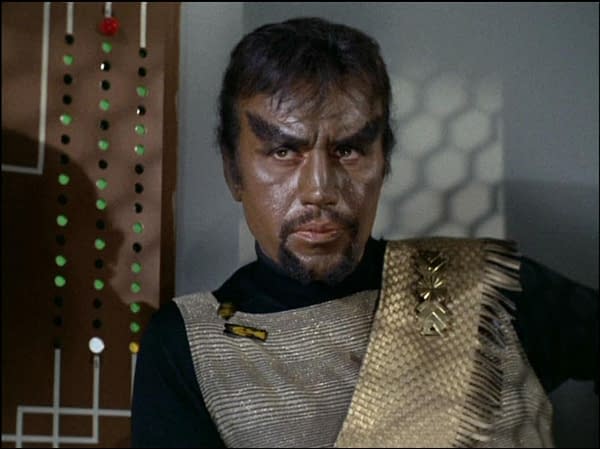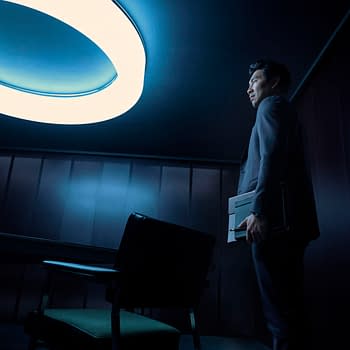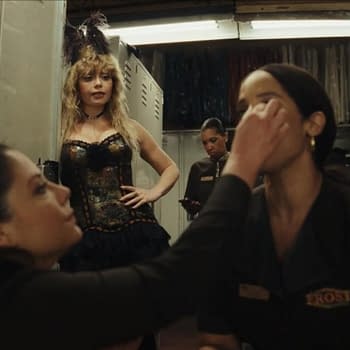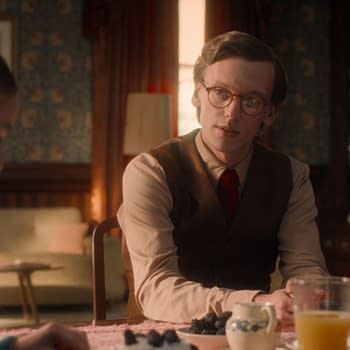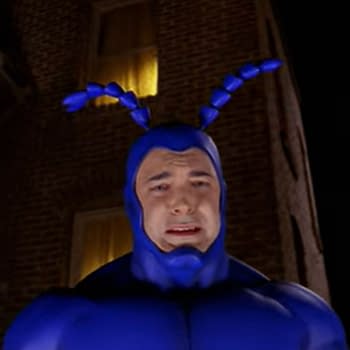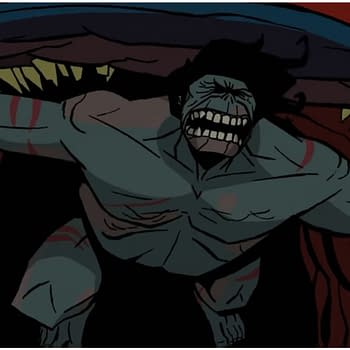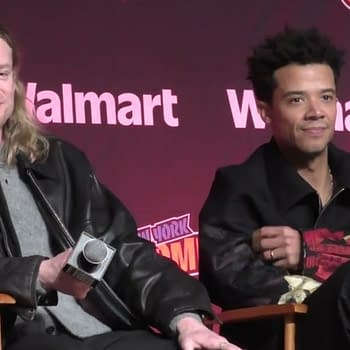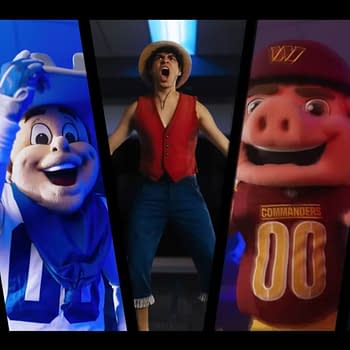Posted in: Star Trek, streaming, TV | Tagged: Henry Alonso Myers, paramount, star trek, star trek: discovery, Star Trek: Strange New Worlds, Star Trek: The Original Series
Star Trek: Strange New Worlds EPs on Classic Klingon Design Choice
Star Trek: Strange New Worlds EPs Henry Alonso Myers and Akiva Goldsman discuss going with the classic Klingon design choice.
If there was a rabbit hole Star Trek didn't need to go through that creates its own complications, it's trying to tie the designs of The Original Series to its more contemporary counterparts. The science fiction sets, makeup, and effects in 1966 will never physically match up enough with contemporary standards, but it's not as if it hasn't been tried. For example? The look of the Klingons in TOS compared to looks in 1979's The Motion Picture, what became the standard in The Next Generation, the shift to alien-like skin with dark blue and purple hues with elongated heads on Discovery back to the more traditional TNG-era look in Picard and now Strange New Worlds. Enterprise explained how it was a virus generated from the genetic augments that made the Klingons look like TOS counterparts. Executive producer Henry Alonso Myers opened up to TV Line about why SNW looks different from Discovery counterparts.
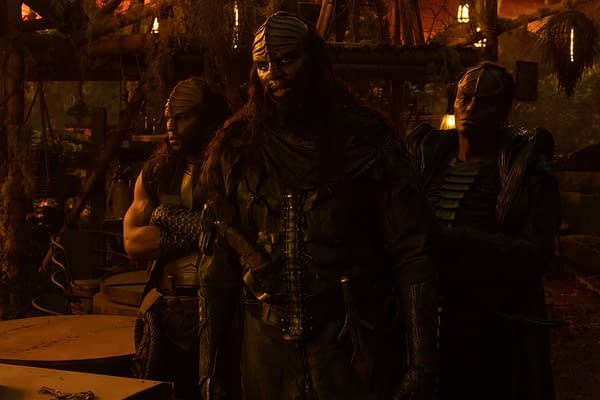
Star Trek: Strange New Worlds Opted for More Traditional Klingon Look
"[The 'Discovery' crew] were really excited. They had these big, intense ideas. They bent the Klingons a bit," Myers said. "As we were starting our season — we're working with a lot of folks in our production who are from Discovery — we were trying to find something that spoke to the old-school Klingons from [the original Star Trek series], from the movies, but that also didn't speak against the ones that happened on Discovery. This is just what they look like right now." Strange New Worlds picks up directly after the second season of Discovery in the pre-TOS era, 10 years before Kirk takes over the Enterprise.
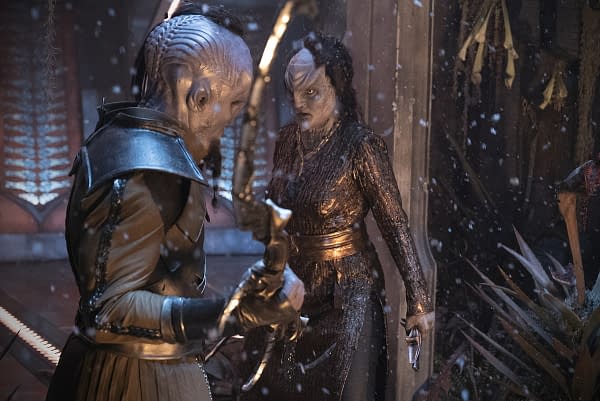
Upon the design choice, Myers added they "wanted them to feel like Klingons." Additionally, the slight redesign was due to "some things that made it easier for producing. It just made our lives slightly easier to do that because we wanted to have them come back in some ways and see them a bit more." Executive producer Akiva Goldsman, who also worked on Discovery, broke down the decision to series creative personalization. "We have our own aesthetic; 'Discovery' has its own aesthetic. Our transporter room doesn't look like Discovery's transporter room, and our bridge doesn't really look like Discovery's bridge. We take [the original series], and we kind of extrapolate into this imagined version of that. It was a more classic Klingon and a little bit truer to what we use as our basis for picking things."
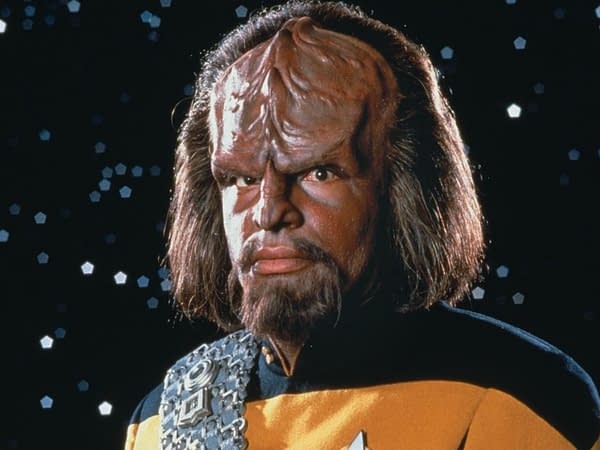
Goldsman also noted this about the Discovery Klingon makeup process. "That application was so difficult and really slows down shooting, and we have a lot of Klingons." "Honestly, I like to imagine that Klingons are a diverse species, and that means there are many different looks the Klingons have. It's that simple," Myers adds. Not that there's wrong with fans having an opinion, but more often than naught, a lot of the discourse is about splitting hairs and never caring about the context of the era. As in the case of Enterprise, it was a pandora's box of continuity that probably shouldn't have been opened. Star Trek: Strange New Worlds streams Thursdays on Paramount+.
